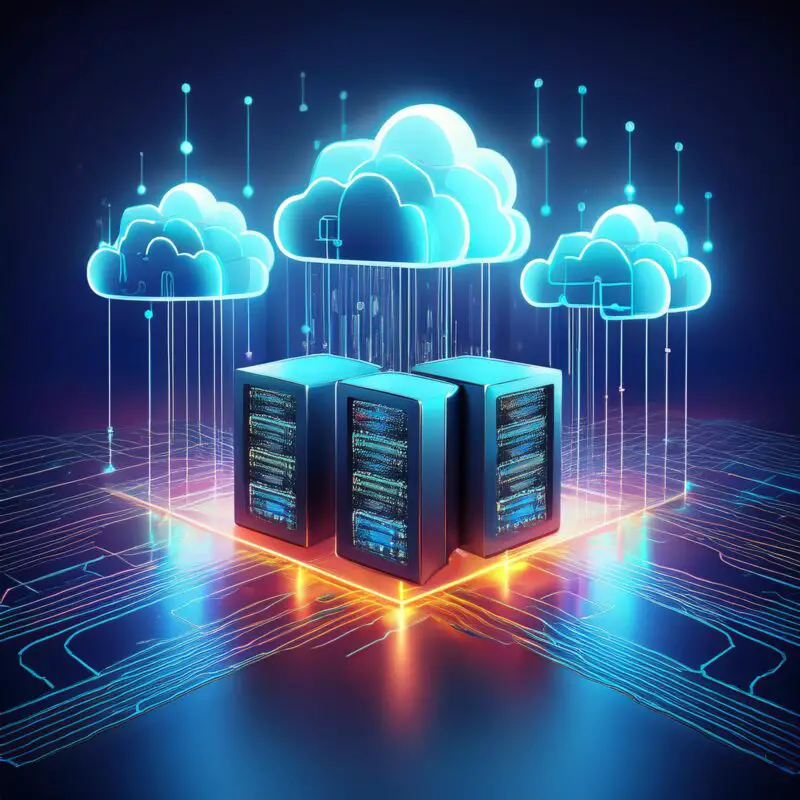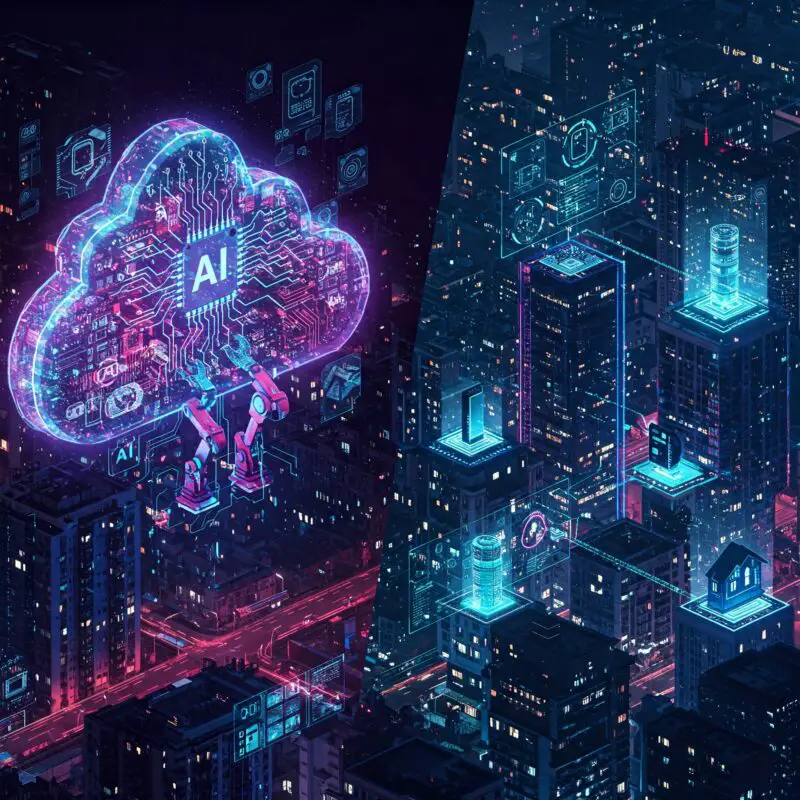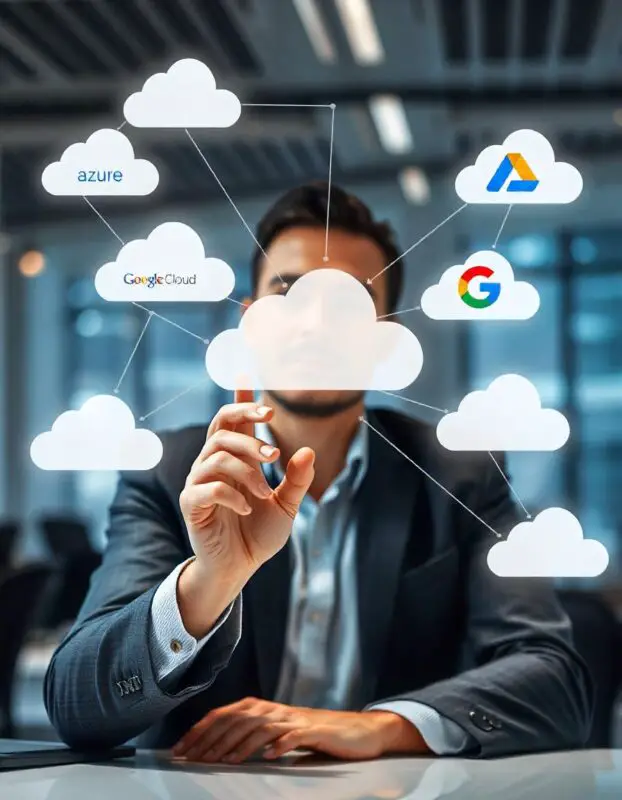Blog
Cloud Computing: The Future of Technology By Compstuff

In today’s rapidly evolving digital world, cloud computing has become an integral part of how businesses and individuals operate. From seamless access to applications to scalable infrastructure, the cloud has reshaped the way we manage, store, and process data. In this blog, we’ll explore what cloud computing is, its different models, its benefits, real-world applications, and some of the challenges businesses may face when adopting it.
What is Cloud Computing?
Cloud computing refers to the delivery of computing services—such as servers, storage, databases, networking, software, and more—over the internet (the cloud). It allows users to access these resources without needing to own or manage physical hardware. Cloud services are hosted and maintained by third-party providers, making it easier for businesses to scale their operations without the burden of maintaining on-site infrastructure.

Types of Cloud Computing
Cloud computing comes in various forms, each catering to different business needs. These are the main types:
1. Public Cloud
The public cloud is a computing model where services are delivered over the public internet and shared across organizations. It's typically the most cost-effective option, as businesses only pay for the resources they use. Providers like Amazon Web Services (AWS), Microsoft Azure, and Google Cloud Platform (GCP) offer public cloud services.
2. Private Cloud
A private cloud is a cloud computing environment dedicated exclusively to one organization. It offers more control over data security and is ideal for businesses that require high levels of security or need to comply with specific regulations.
3. Hybrid Cloud
The hybrid cloud is a combination of both public and private clouds. This allows businesses to keep critical data on a private cloud while utilizing the public cloud for less sensitive operations. It offers greater flexibility, allowing businesses to scale their resources as needed.

The Future of Cloud Computing
The future of cloud computing is bright, with several trends emerging on the horizon:
1. Artificial Intelligence (AI) Integration
Cloud computing will increasingly integrate AI technologies, enabling businesses to leverage machine learning models and analytics in real-time. AI can help optimize resource usage, improve security, and enhance decision-making.
2. Edge Computing
Edge computing allows data processing to occur closer to where it’s generated, reducing latency and improving performance. This will be especially useful in industries like IoT (Internet of Things) where real-time data processing is crucial.
3. Multi-Cloud Strategies
Businesses are adopting multi-cloud strategies, which involve using services from multiple cloud providers. This approach helps mitigate the risks of vendor lock-in and enhances flexibility and redundancy.

Conclusion
Cloud computing has revolutionized the way businesses operate, offering cost-effective, scalable, and secure solutions for various industries. As cloud technology continues to evolve, businesses that embrace it will gain a competitive edge in a digital-first world. Whether you’re looking to enhance operational efficiency, improve accessibility, or scale your infrastructure, the cloud is the key to unlocking your business’s full potential.

FAQs about Cloud Computing
- How does cloud computing benefit businesses?
Cloud computing provides benefits such as cost efficiency, scalability, improved collaboration, and reduced infrastructure management. It allows businesses to focus on growth while ensuring data is securely stored and accessible. - What is the difference between a public and private cloud?
A public cloud is shared among multiple organizations and is often more cost-effective, while a private cloud is dedicated to a single organization and provides more control over security and compliance. - How does cloud computing enhance security?
Cloud providers implement robust security measures, including encryption, regular security audits, and compliance with international standards. However, businesses should also follow best practices and use additional security layers to protect sensitive data. - What is edge computing, and how does it relate to cloud computing?
Edge computing processes data closer to where it’s generated, reducing latency and improving real-time performance. It complements cloud computing by offloading specific tasks from the cloud to local devices, particularly useful in IoT applications.
